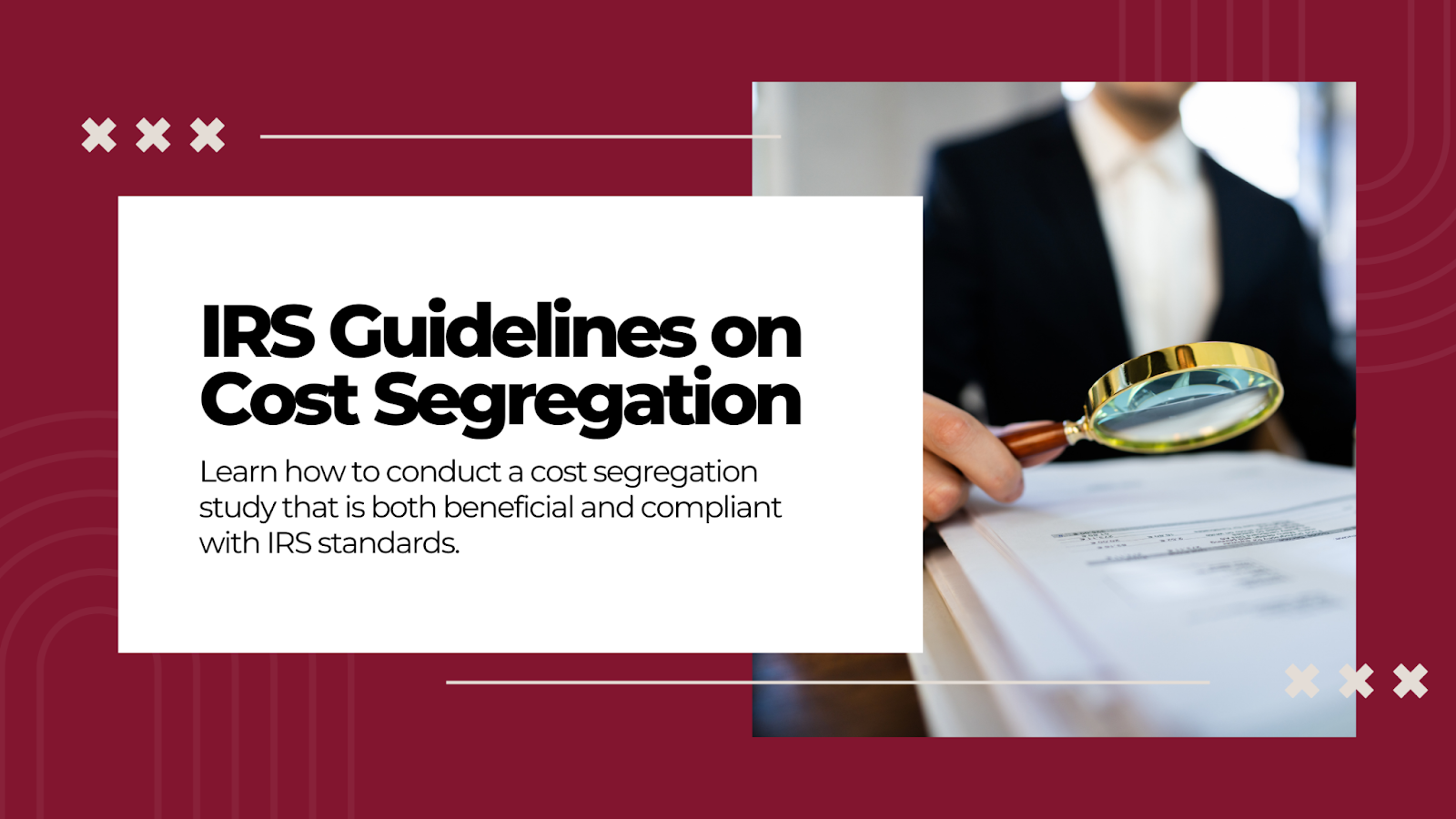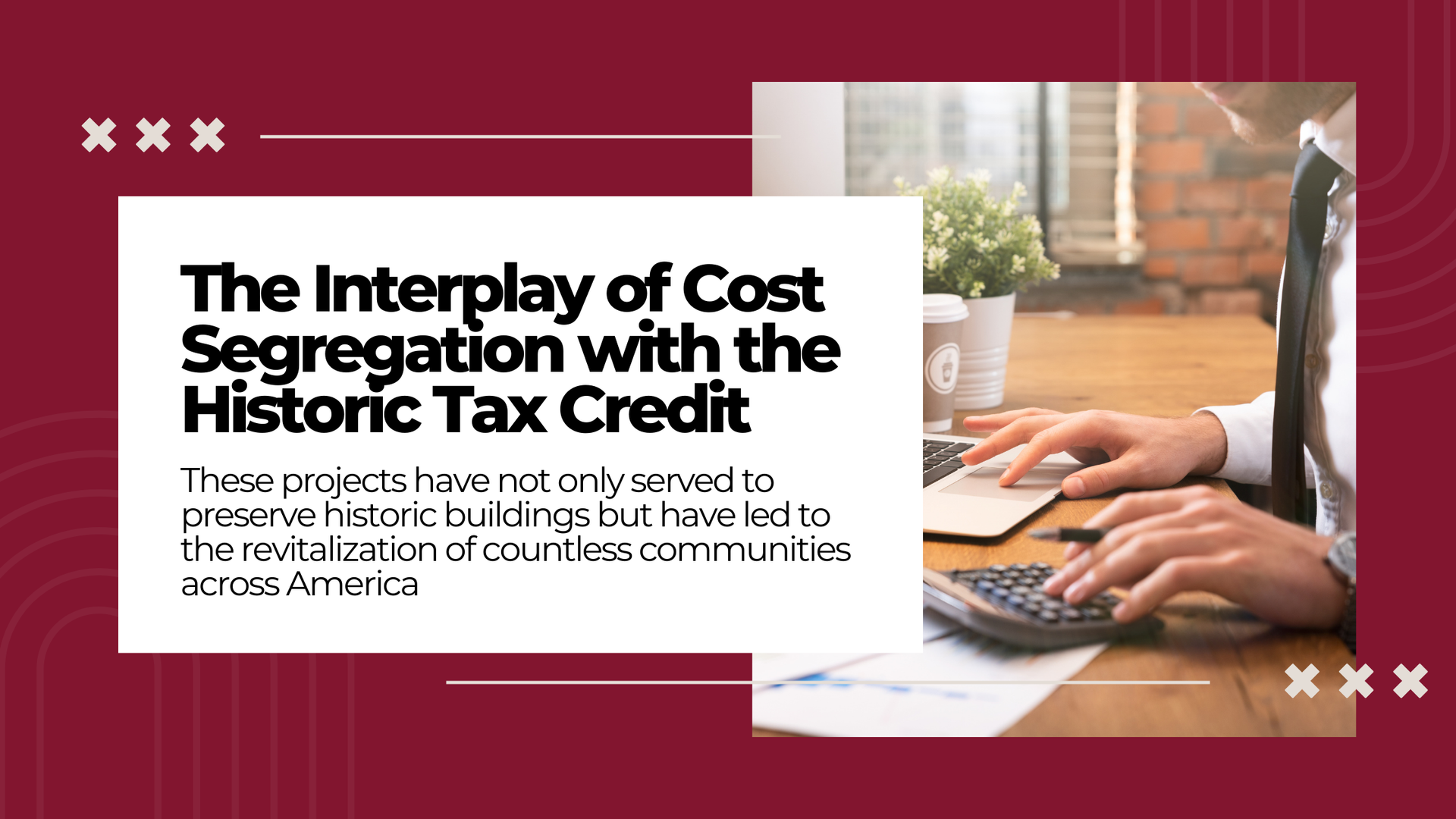Phase One of Tax Reform Creates Many Changes to Fixed Asset Treatments
By Cathy Harris
The Tax Cuts and Jobs Act (TCJA), signed December 22, 2017, created quite a few changes to the way we account for fixed asset expenditures. Bonus depreciation was increased and extended. Property definitions and qualifications were changed and replaced for improvement property. Section 179 expensing limitations were expanded, and Section 1031 Like-kind Exchange qualifications were limited. Other changes will require additional consideration and planning regarding fixed asset treatment for tax purposes.
Bonus Depreciation
From 2012 through September 27, 2017, 50% bonus depreciation was allowed for first-use (new) assets with a tax-life of 20 years or less. Plus, in 2016 and 2017, Qualified Improvement Property (see below) was also eligible for bonus depreciation. The TCJA increased bonus depreciation to 100% through 2022 for new and used assets (with tax-lives of 20 years or less) contracted and placed in service after September 27, 2017. Some additional restrictions apply to used property. The bonus percentage is set to decrease by 20% each year starting in 2023.
Qualified Improvement Property
As of January 1, 2018, Qualified Improvement Property (QIP), defined as interior nonresidential improvements to a property previously placed in service (excluding enlargements, elevators/escalators and interior structural framework), replaces all Qualified Leasehold Improvement Property, Qualified Retail Improvement Property and Qualified Restaurant Property from previous years. The intent of Congress was to make all QIP 15-year property eligible for bonus depreciation, however wording on the final draft was omitted, so until a technical correction is made, QIP is currently 39-year property.
Section 179 Expense
The Section 179 deduction limitation was expanded to $1 million with an investment limitation of $2.5 million starting in 2018. Eligible property also now includes QIP and roofs, HVAC systems, fire protection and alarm systems, and security systems. Lodging was also included as an eligible activity.
Like-kind Exchanges
Only real property now qualifies for Section 1031 like-kind exchange treatment. More guidance is pending on defining real vs. personal property for exchange purposes. Other restrictions continue to apply as well.
Other Considerations
A new 20% pass-through entity deduction may reduce taxable income for certain property owners, though many restrictions and limitations apply. Another consideration is the new business interest deduction limitation, which may affect the way large real estate businesses elect to depreciate real property. A CPA specializing in real estate related income tax issues should be consulted to achieve the optimal benefit of the new tax rules. Cost segregation studies continue to increase the benefits in most cases.



